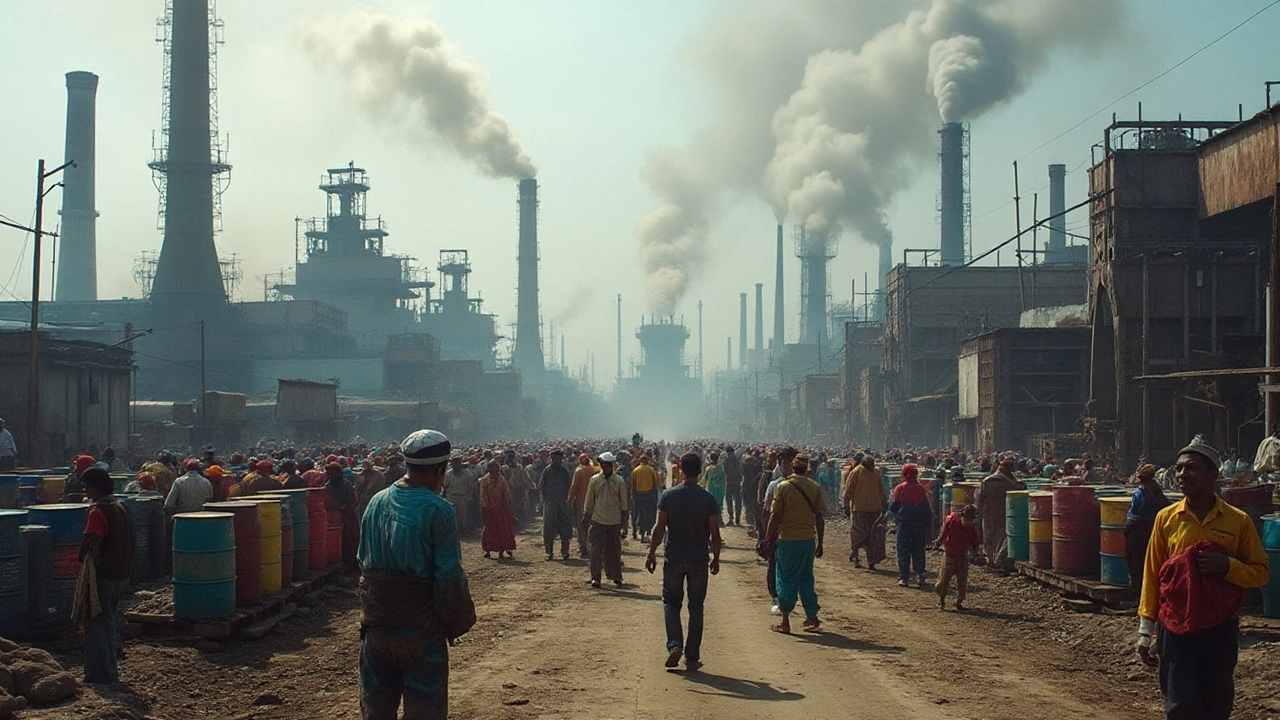Chemical Shortage in India: Why It Happens and What You Can Do
Ever wondered why your factory is suddenly waiting for basic chemicals? The answer isn’t a mystery – it’s a mix of supply chain hiccups, policy changes, and global demand spikes. In this guide we break down the main reasons behind the shortage, how it hurts different sectors, and simple actions you can take right now.
Top Reasons Behind the Shortage
First, imports have taken a hit. Many essential chemicals come from China, the Middle East, and the US. Shipping delays, rising freight costs, and tighter customs rules have slowed things down. Second, domestic production can’t keep up. Plants that once met local demand are either running at low capacity or facing raw‑material gaps of their own.
Third, price volatility plays a big role. When global prices jump, Indian buyers either wait for a dip or cut orders, which creates a feedback loop of lower orders and even less production. Finally, policy shifts such as new environmental norms have forced some manufacturers to shut down or retrofit, cutting overall output.
How the Shortage Hits Your Business
If you’re in pharma, plastics, or agro‑chemicals, you’ll feel the pinch fast. Unavailable raw materials force you to delay batches, miss delivery dates, and sometimes pay premium rates just to keep the line running. That means higher production costs and tighter margins.
Even non‑chemical‑heavy industries suffer. Paints, adhesives, and cleaning agents are all tied to the same supply chain. A shortage can ripple through the whole value chain, making it harder to quote reliable prices to customers.
On top of that, the shortage can affect cash flow. When you’re waiting for material shipments, your inventory sits idle and you still have to cover labor and overhead. The result? Stressed finance teams and a scramble for working capital.
Practical Steps to Keep Production Flowing
1. **Diversify Suppliers** – Don’t rely on a single country or vendor. Look for regional partners in Southeast Asia or even within India’s growing chemical parks.
2. **Build a Safety Stock** – Identify the top three chemicals you need most and keep a modest buffer. Even a two‑week reserve can give you breathing room during a shipment delay.
3. **Negotiate Long‑Term Contracts** – Fixed‑price contracts can lock in rates and ensure priority delivery when supply tightens.
4. **Stay Updated on Policy** – Keep an eye on new environmental rules or import duties. Being ahead of changes lets you adjust plans before a shutdown hits.
5. **Explore Recycling & Substitutes** – Some processes can switch to recycled polymers or alternative reagents. A small trial can reveal cheaper, more reliable options.
What the Government Is Doing
India’s Ministry of Chemicals and Fertilizers has announced incentives for new plant setups and modernization grants. There are also fast‑track clearances for projects that boost domestic production. Keep tabs on these schemes – they can offset investment costs and speed up capacity growth.
In addition, the government is working on trade agreements to smooth imports and reduce tariff burdens. When those deals finalize, you’ll likely see cheaper, faster shipments.
While the chemical shortage won’t disappear overnight, knowing the root causes and taking proactive steps can protect your business from the worst impacts. Start by mapping your critical chemicals, reach out to alternative suppliers today, and use any available government support. The sooner you act, the less you’ll feel the squeeze when the next global shock hits.

Chemical Shortages Impacting India's Industry in 2024
India, a major hub for chemical manufacturing, faces challenges as certain critical chemicals experience shortages. This situation impacts various industries, affecting production cycles and market stability. Reasons behind the shortage include supply chain disruptions, increased demand, and geopolitical factors. Manufacturers are exploring alternative strategies and sourcing options to mitigate these challenges. Addressing this issue is crucial for sustaining India's economic growth and industrial output.
Read More